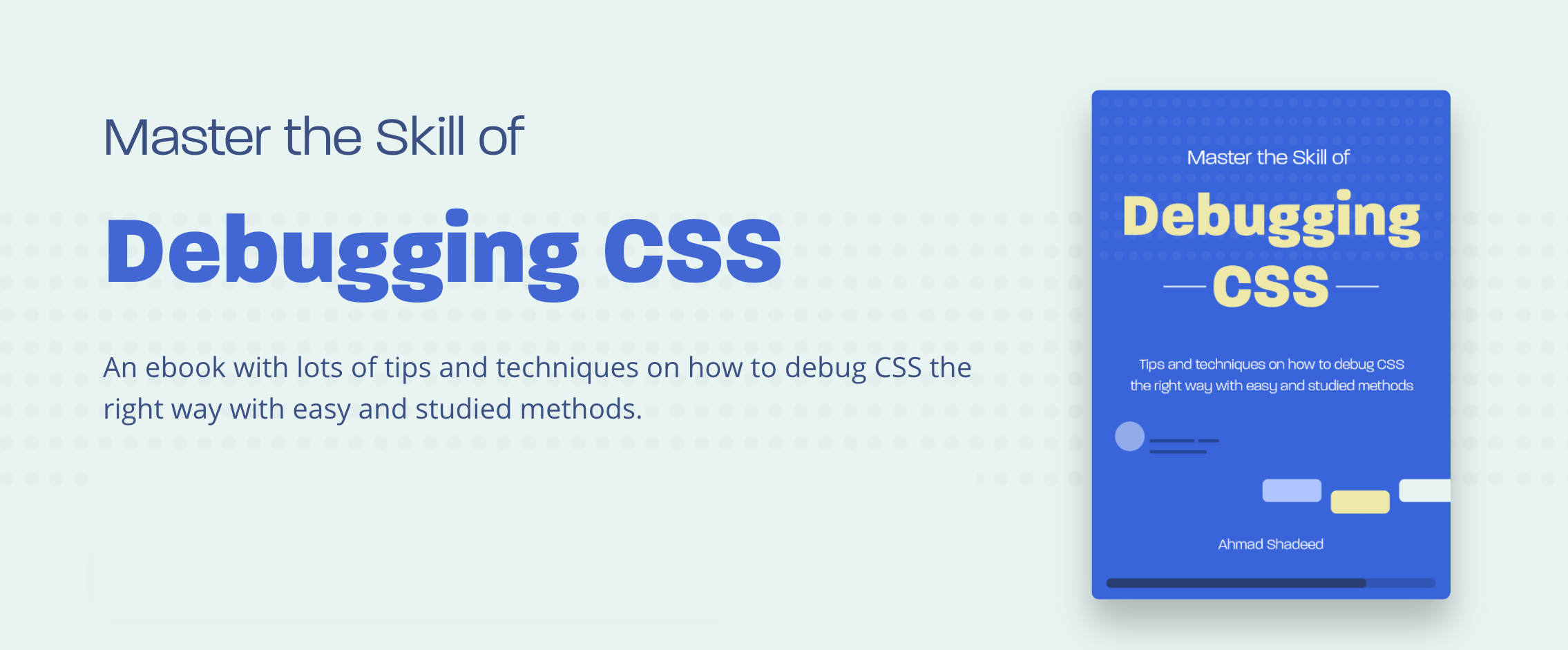Inline Elements
Vertical Padding
One of the easiest ways to vertically center an element is using padding.
.desk {
padding-top: 24px;
padding-bottom: 24px;
}
Vertical Align
The vertical-align property can be used for one or multiple elements.
In this example, the fork and the knife should be centered vertically with the plate.
.desk {
text-align: center;
}
.plate,
.fork,
.knife {
vertical-align: middle;
}


Flexbox
To align the plate, fork, and knife, we can use flexbox for that.
.desk {
display: flex;
justify-content: center;
align-items: center;
}


Block Elements
Absolute Positioning
By positioning an element absolutely, it’s possible to center it vertically with CSS transforms.
.plate {
position: absolute;
top: 50%;
transform: translateY(-50%);
}
If the element height is known, you can use negative margin instead of positioning.
.plate {
position: absolute;
top: 50%;
margin-top: -60px;
}
CSS Grid
With CSS grid, we can use align-items to center an item vertically to its grid area.
.desk {
display: grid;
align-items: center;
}
